Students gasped at the bloody Ku Klux Klan robe. They shrieked at the signs saying “colored only.”
A quiet hush fell over a group of student-athletes when they were shown tightly wound ropes that were used to lynch African Americans.
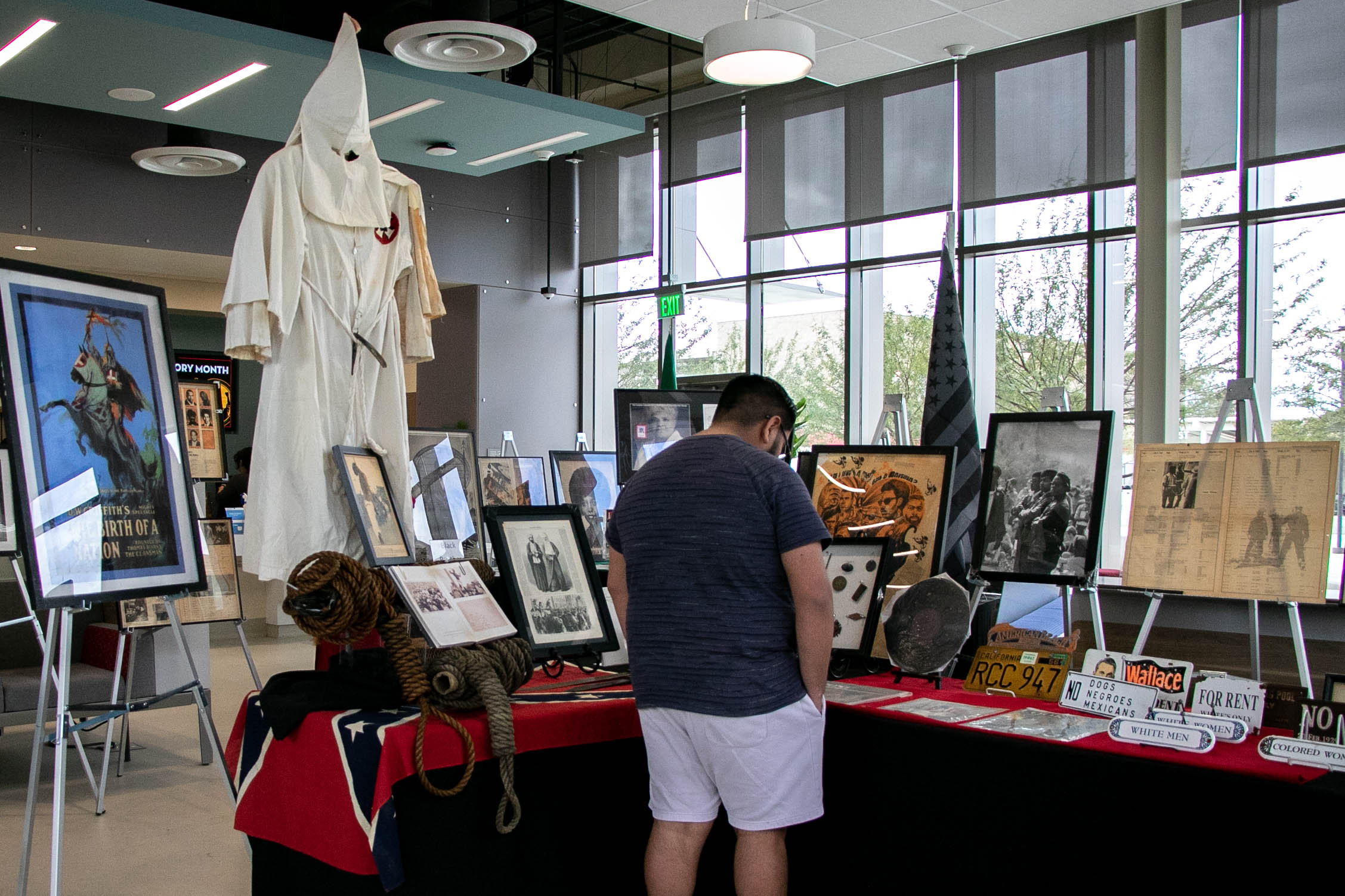
For six hours on Tuesday, The Spot was transformed by the presence of more than a hundred artifacts as part of Forgotten Images, a traveling exhibit dedicated to educating the public on the struggles of African Americans throughout history.
The exhibit was timed to coincide with the last day of Black History Month and carried a theme of “Black Resistance.”
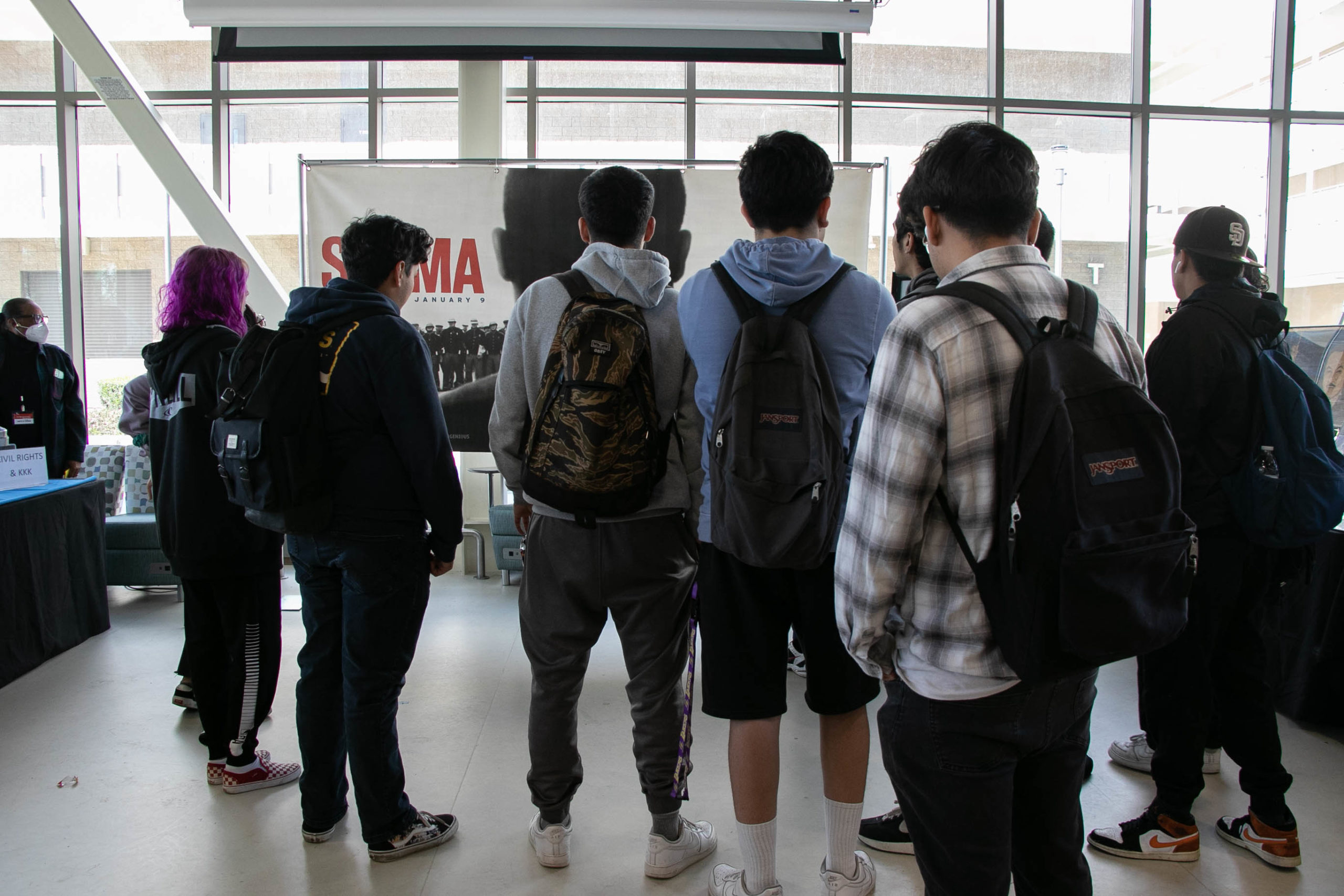
Upon entering the Johnson Student Center, owner David McLucas and guide Lynette M. Johnson greet visitors with a smile. About a dozen tables draped in black cloth held everything from segregated sinks to Black Panther hats. A large Selma movie poster hung on the horizon next to a Martin Luther King Jr. cut-out. “The Dream” by DJ Phantom is played in the background.
“Some of the most common reactions that we see are shock and excitement to see this history right in front of their eyes. It reminds the Black children of what their grandparents or great-grandparents went through,” says McLucas.
McLucas, a Long Beach native, started the collection with his wife and says he drew inspiration from the show American Pickers where, just like him, the host buys vintage Americana from flea markets, swap meets, thrift stores, and more. Some items, such as the lynching ropes on display, were donated from heirlooms over generations.

He uses his exhibit – which he refers to as “Black Americana” – to educate people about the atrocities in history against African Americans and draws attention from across Southern California.
Michelle Brown, a Long Beach resident, said, “I drove through LA traffic to see this exhibit. I had last seen it in 2019 at LBCC. It’s meaningful to me, as a black woman, to remind myself of how we can rise from the ashes. It’s very moving.”
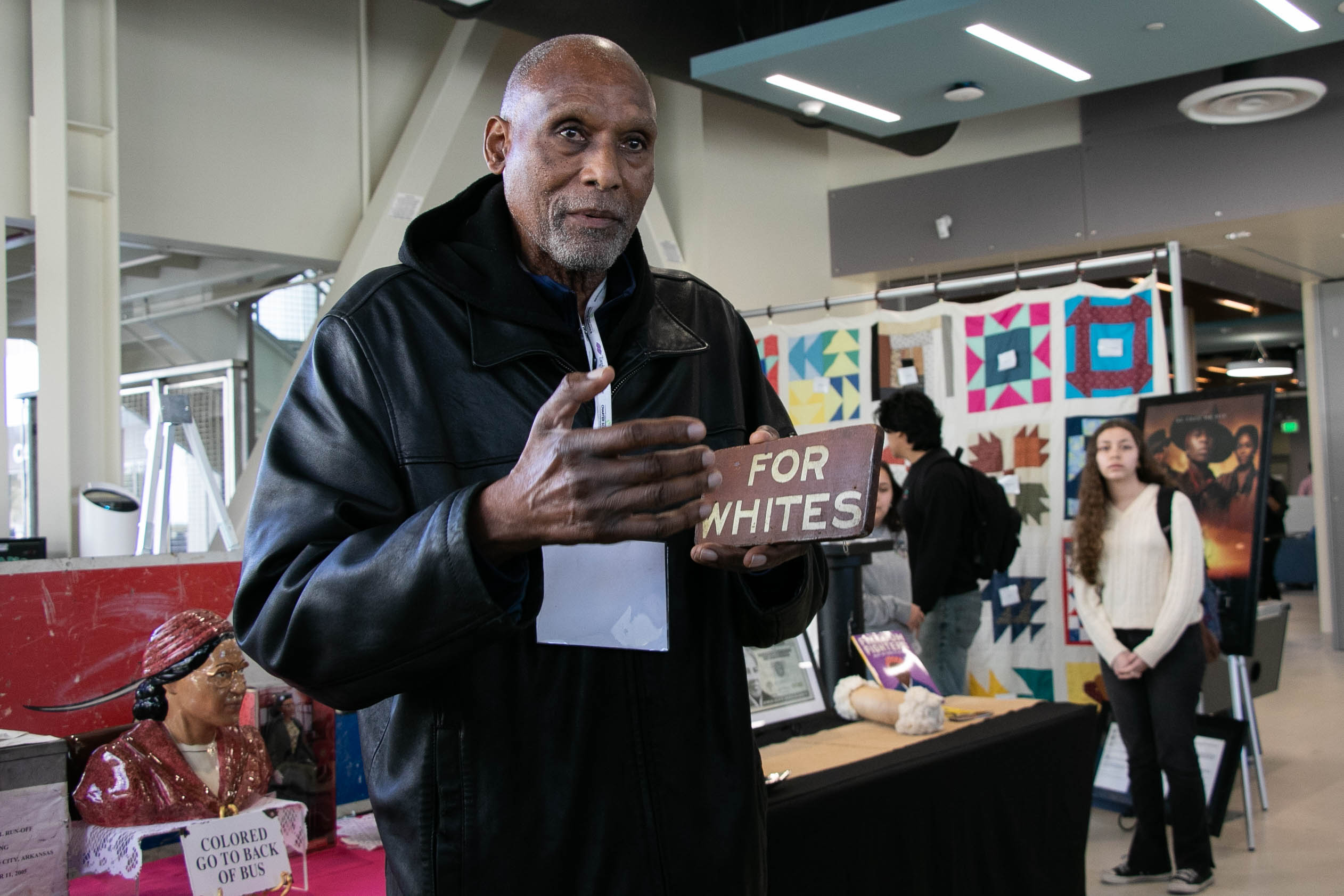
Other artifacts displayed include rusting segregation-era signs with sayings such as, “No Dogs, Negroes, Mexicans,” “Whites only,” “White women,” “White men,” and “Colored folk.”
A slave blanket that former slaves used to codify and navigate their way out of the South, what places to avoid or stay at, and other information about the Underground Railroad.
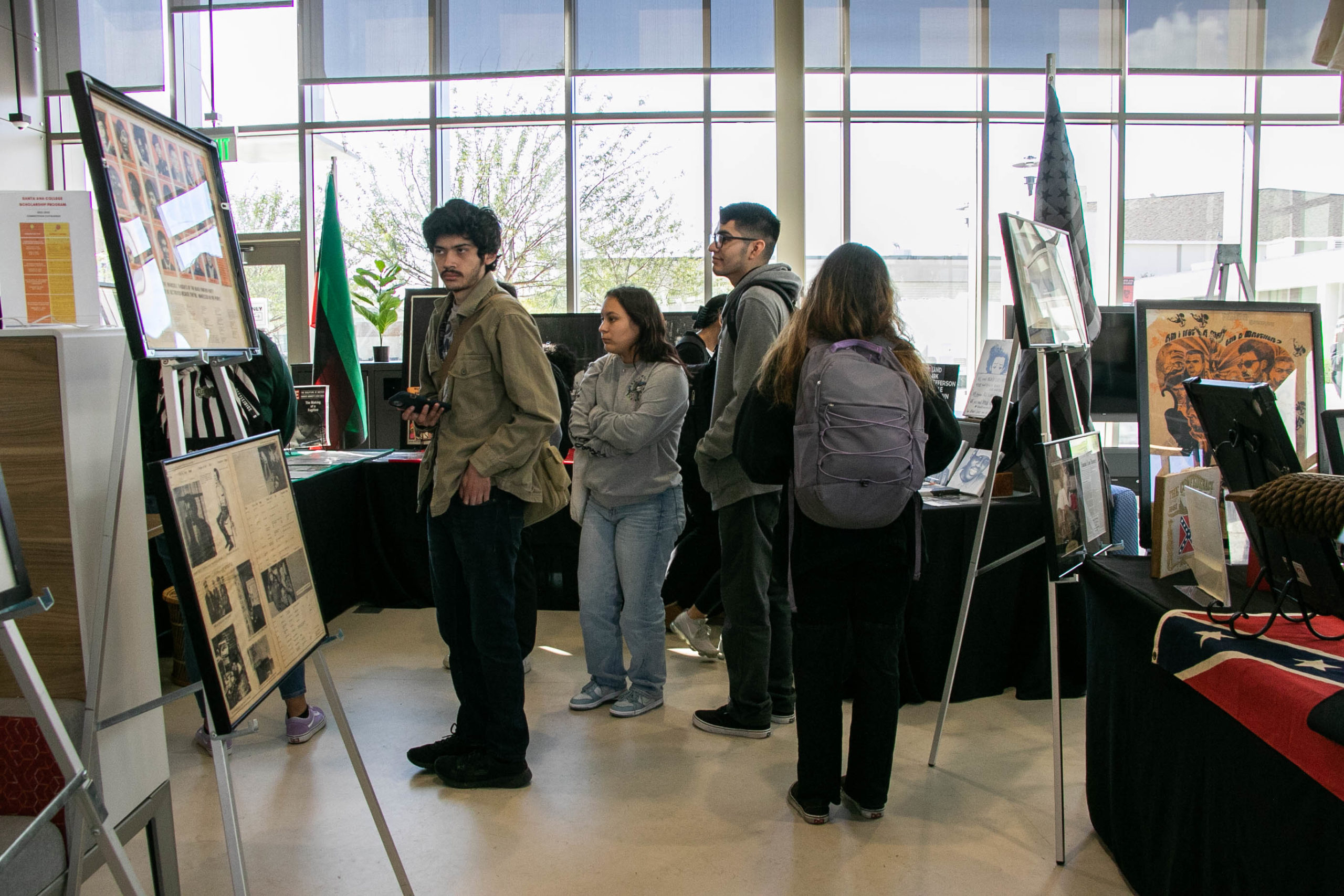
Other sections include a Blank Panthers table with original newspaper covers, fashion, and art.
There was also a Black Lives Matter table with canvas portraits of 15 famous police violence victims such as Sandra Bland, George Floyd, Breonna Taylor, and others who lost their lives.
“I really enjoyed the Obama cut-outs,” SAC student Jason Vaca said. “It relieves the sadness I feel about how horrible history was to Black people. But it’s important to know about this stuff, to prevent it from happening again.”’
- The opening of the world’s second Gudetame Cafe - May 7, 2024
- Graduation returns to Eddie West field - April 4, 2024
- CBD gummies that reduce your nerves into pear-dise - March 31, 2024


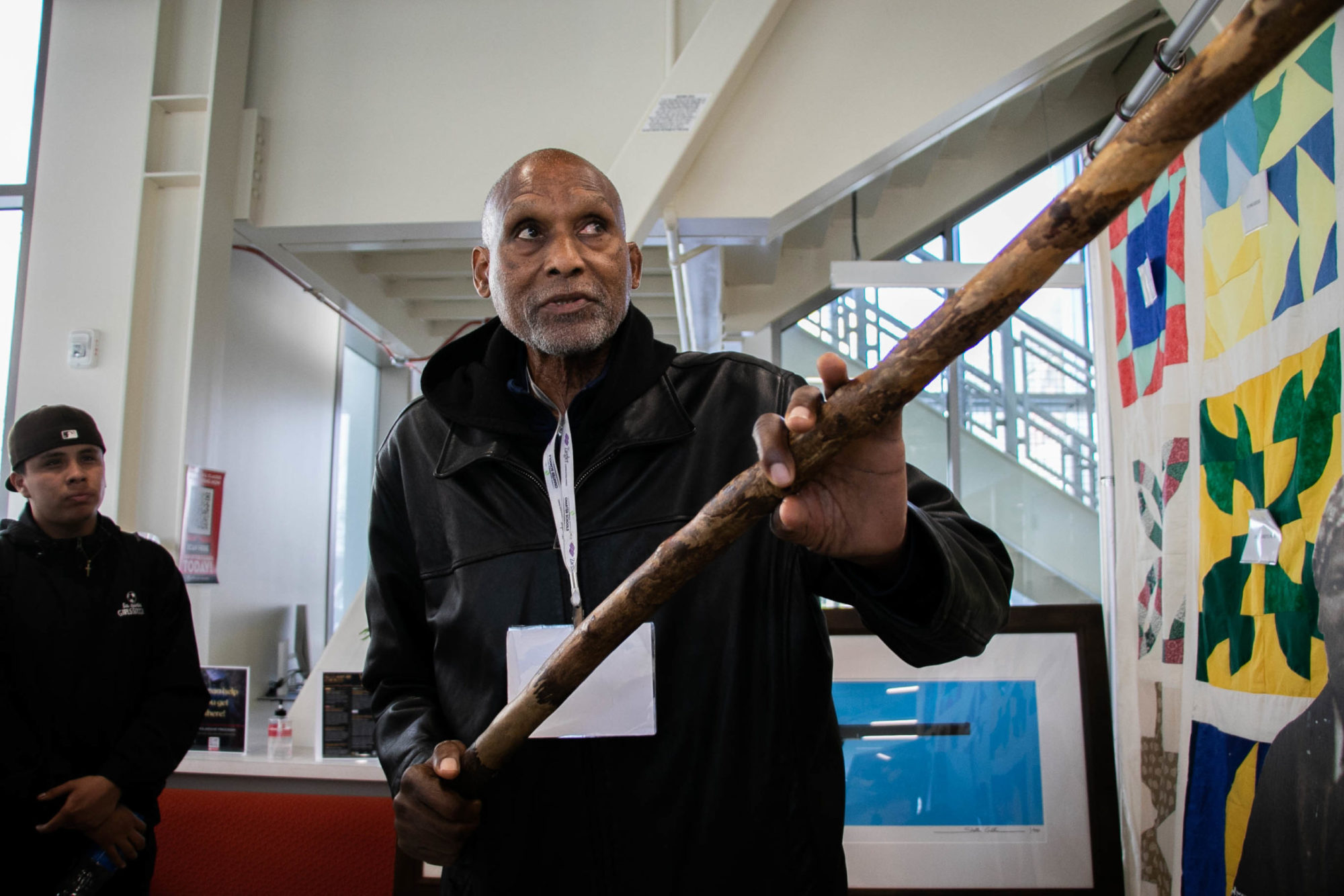
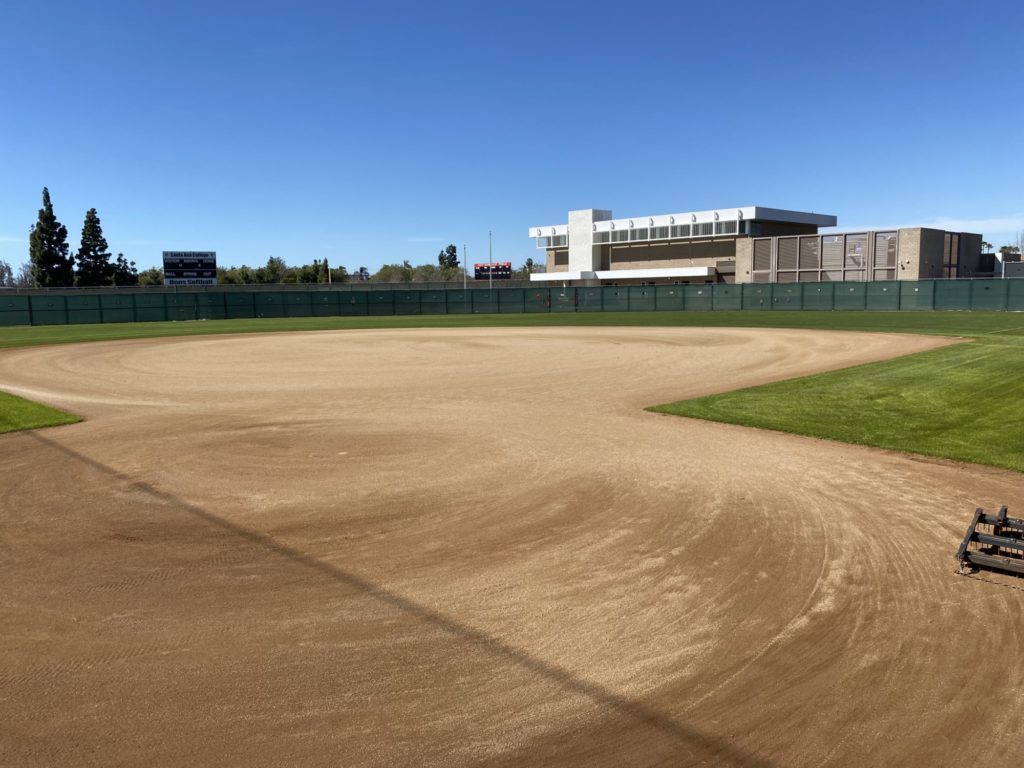
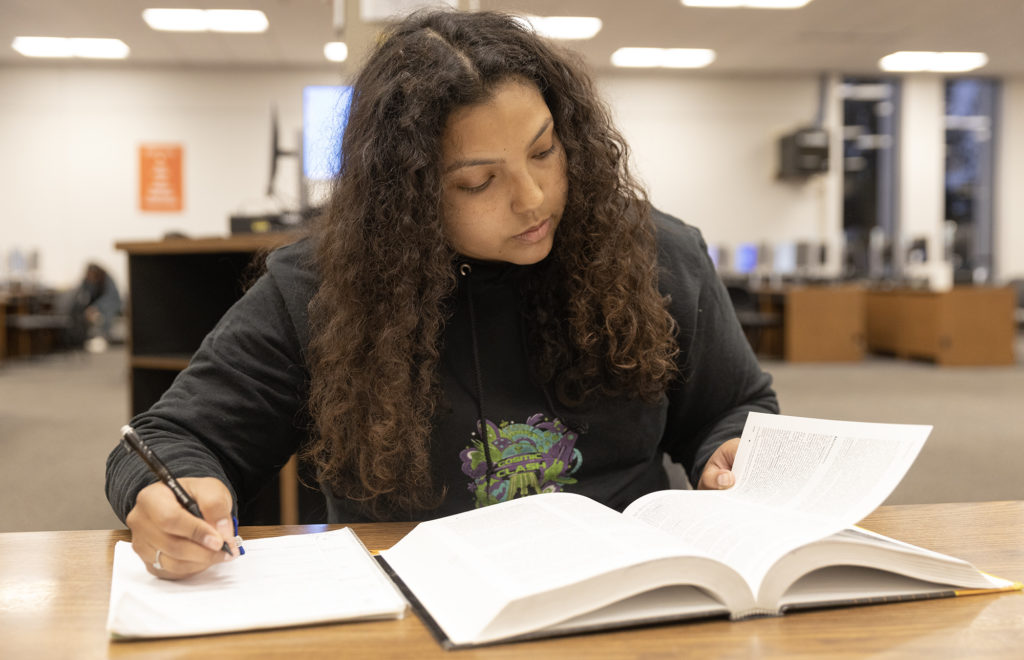
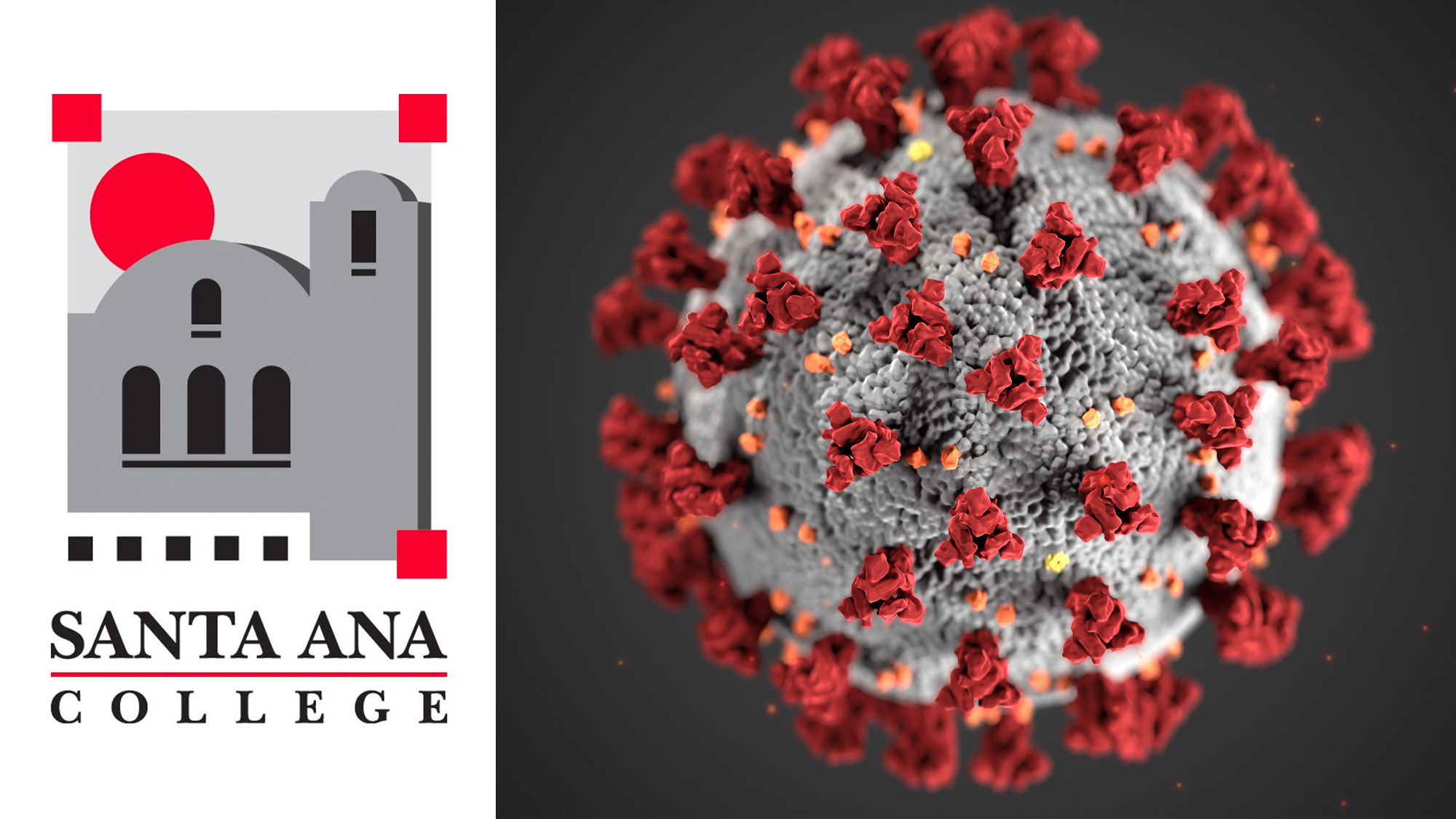




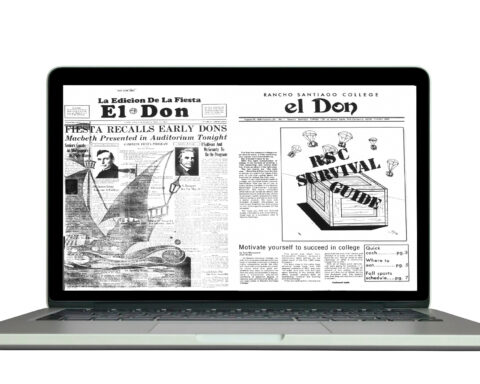

Wow very powerful!